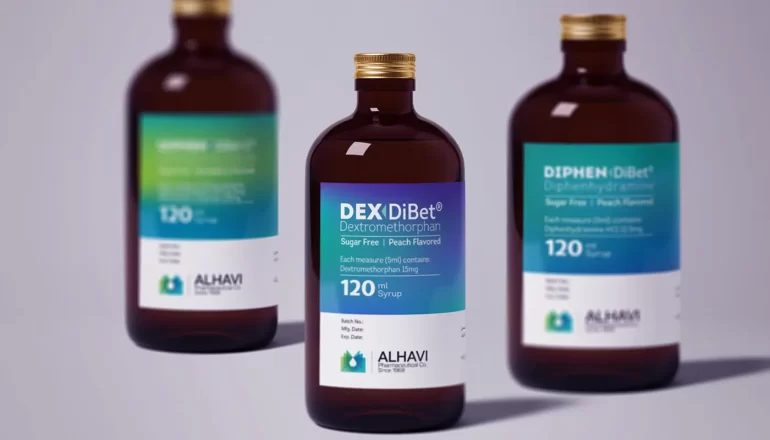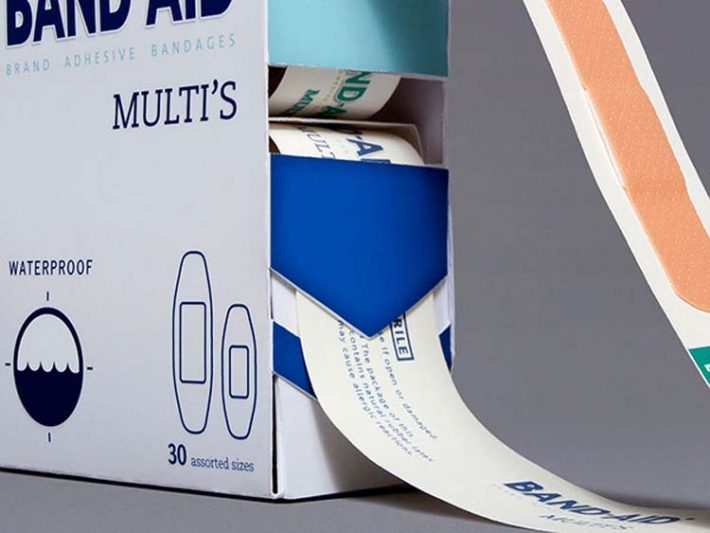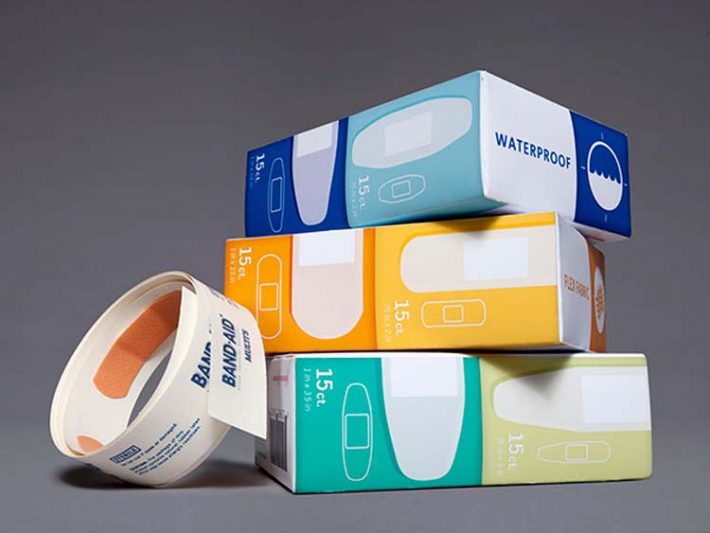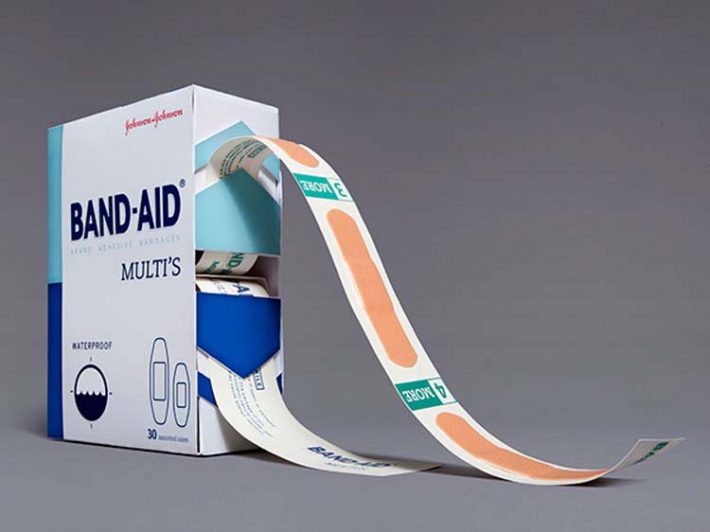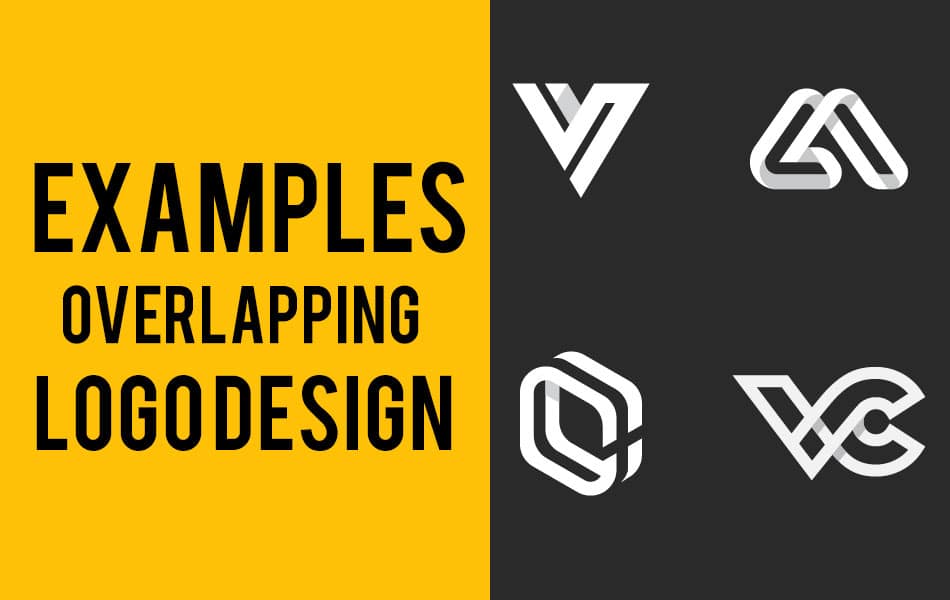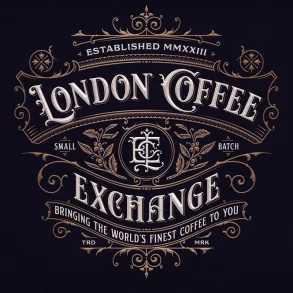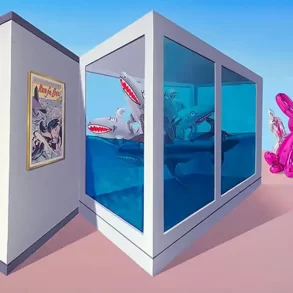Pharmaceutical Packaging Trends 2024 are revolutionizing the industry, making a significant impact on healthcare globally.
As we delve deeper into these trends, it’s fascinating to see how innovation and technology are intertwining to enhance patient engagement, safety, and sustainability. From smart packaging solutions to eco-friendly alternatives, Pharmaceutical Packaging Trends 2024 are heralding a new era in healthcare.
Imagine being part of this transformation. By learning and applying these trends, you can significantly impact patient lives and our environment. You could be at the forefront of industry transformation, enhancing patient experience and contributing to the sustainability movement.
Now is the time to immerse yourself in Pharmaceutical Packaging Trends 2024. Join us as we explore this exciting journey into the future of pharmaceutical packaging.
Read our previous article on Pharmaceutical Packaging Inspiration first. The article explores creative packaging designs and concepts that inspire the industry. Now, let’s explore the top trends that are set to shape the industry in 2024, from sustainable packaging solutions to advanced technologies.
UI Design: 30 Creative User Interface Design InspirationSustainable Packaging Solutions
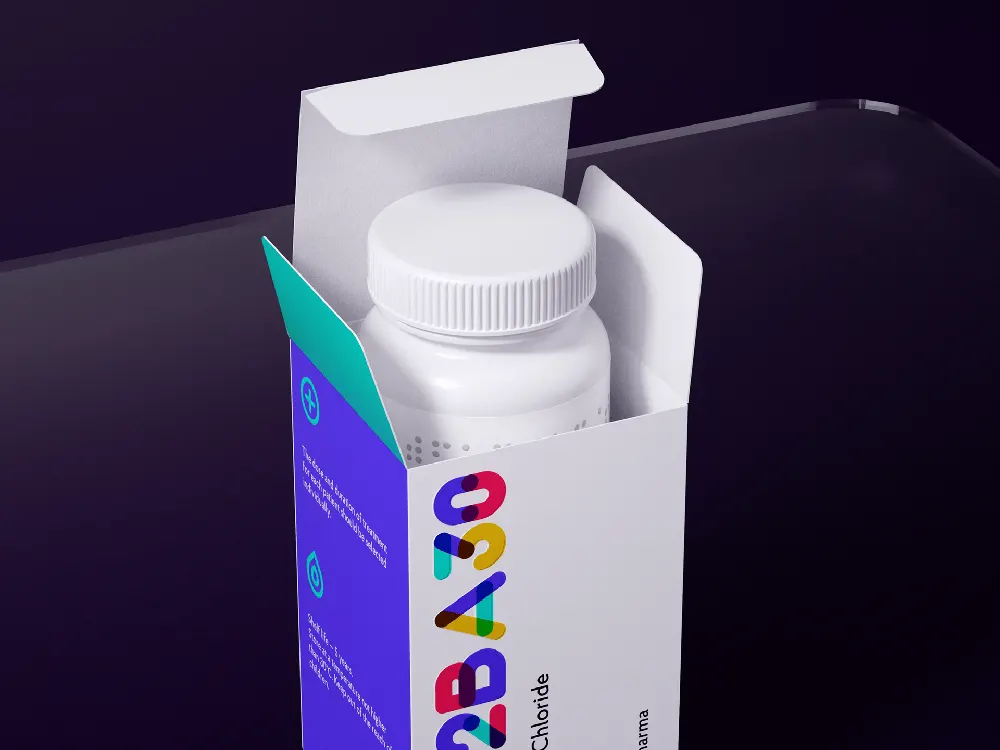
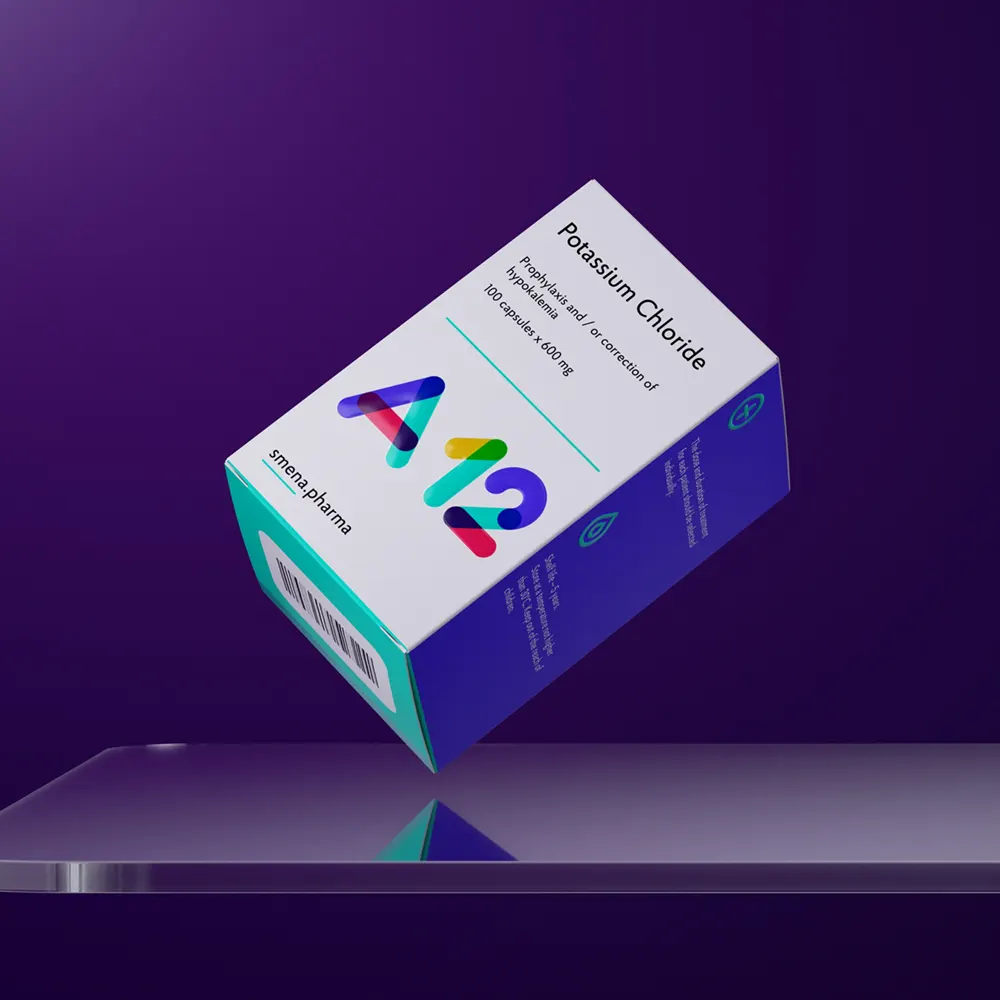
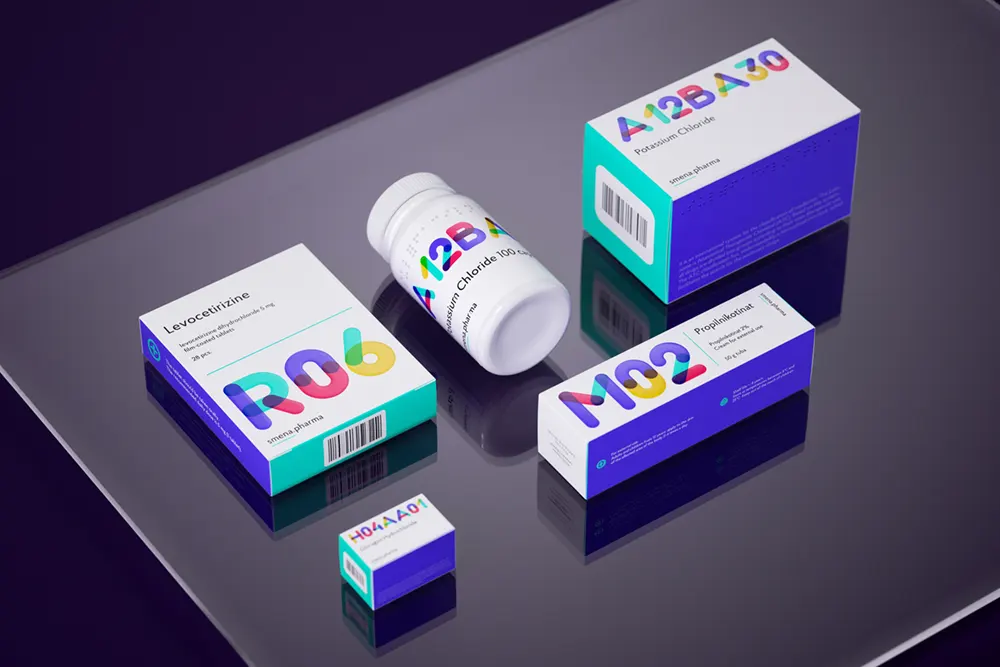
In recent years, there has been an increasing demand for sustainable packaging solutions across various industries, and the pharmaceutical sector is no exception. Here are some key trends to look out for in sustainable pharmaceutical packaging:
1. Biodegradable Materials
The demand for biodegradable materials like plant-based plastics and compostable films is skyrocketing, as people are increasingly seeking sustainable alternatives to conventional plastic packaging. These materials have a lower environmental impact and can help reduce the carbon footprint of pharmaceutical products.
Beautiful Lettering and Typography Design for Inspiration2. Recyclable Packaging
Pharmaceutical companies are increasingly adopting recyclable packaging materials to reduce waste and promote a circular economy. Recyclable paperboard cartons and glass bottles are being favored over single-use plastics.
3. Eco-Friendly Printing Inks
Environmentally friendly printing inks made from natural and renewable sources are being used to minimize the environmental impact of packaging. These inks are free from harmful chemicals and provide excellent print quality.
Smart Packaging Technologies
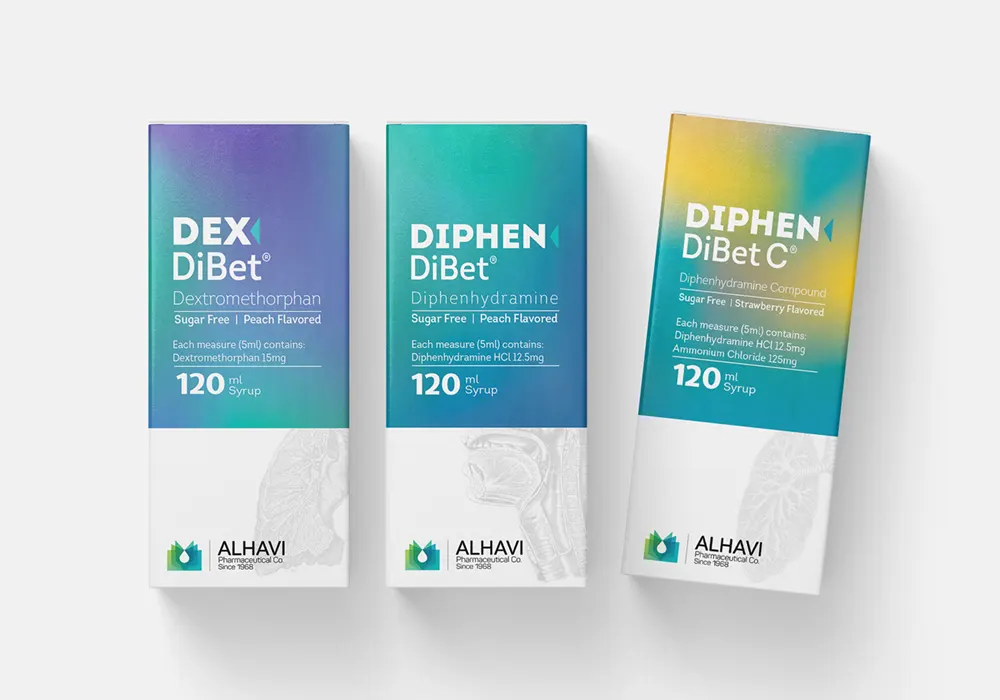
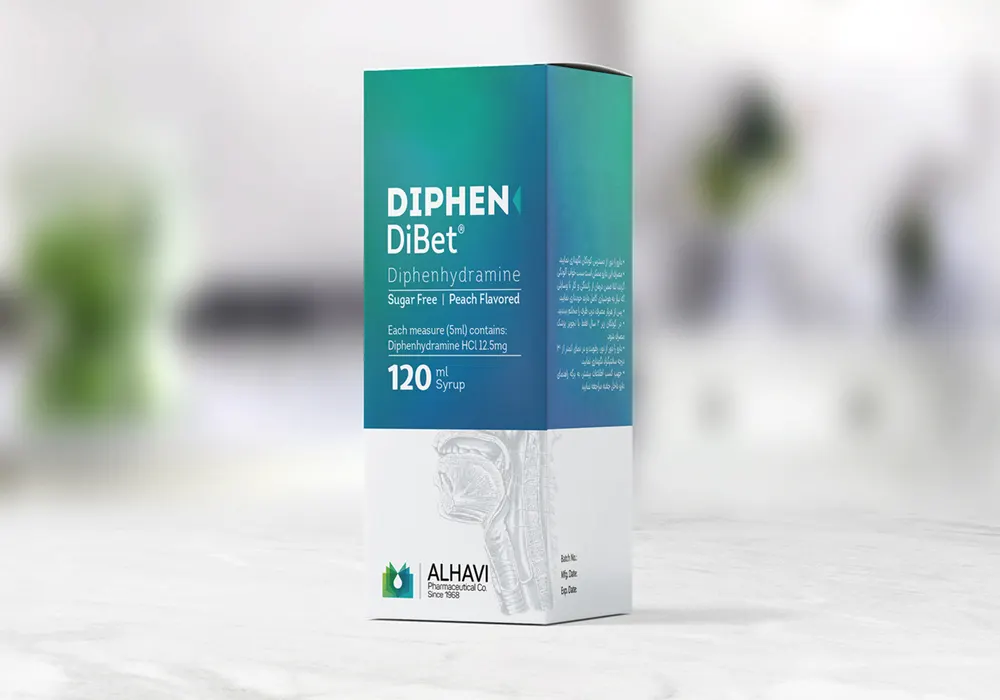
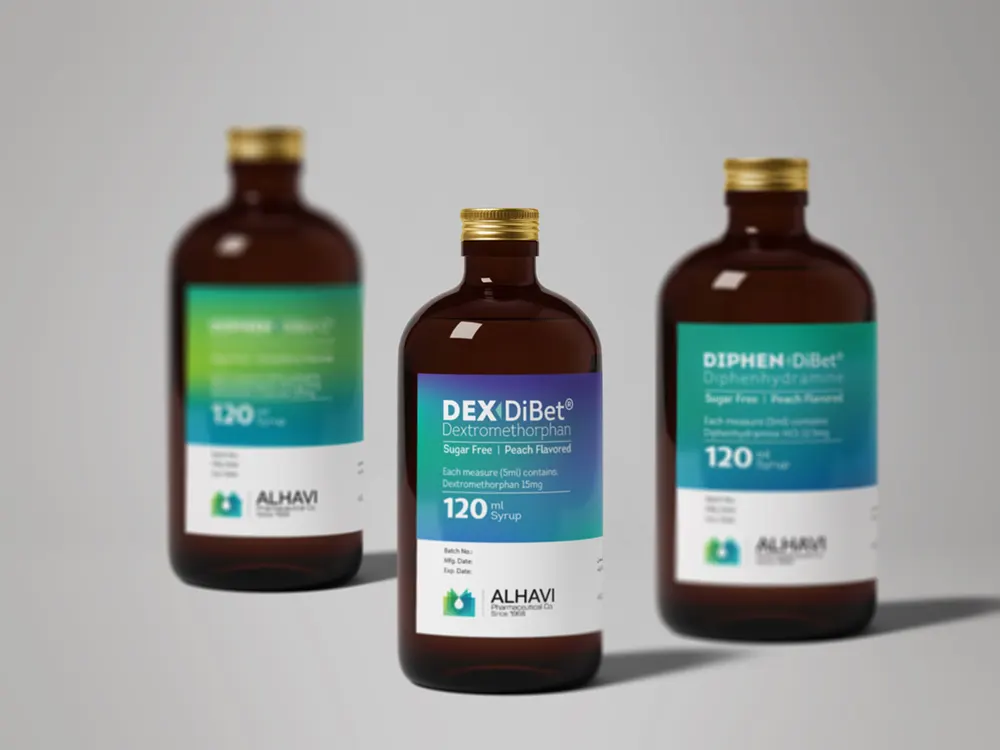
The integration of smart technologies into pharmaceutical packaging is revolutionizing the industry. Advanced technologies have numerous advantages, including better patient compliance, increased product safety, and the ability to monitor in real-time. Here are some key trends to watch out for:
1. RFID (Radio Frequency Identification)
RFID tags embedded in pharmaceutical packaging enable easy tracking and authentication of products throughout the supply chain. This technology helps prevent counterfeiting, ensures product integrity, and enhances inventory management.
2. Near Field Communication (NFC)
NFC technology allows users to interact with packaging using their smartphones or other NFC-enabled devices. It enables features like tamper-evident seals, temperature monitoring, and patient engagement through interactive packaging.
Color Psychology in Web Design [Infographic]3. Intelligent Labels
Intelligent labels equipped with sensors and indicators provide real-time information about product quality, temperature, and expiration dates. These labels help ensure product efficacy and safety by alerting users of any deviations from optimal storage conditions.
Child-Resistant Packaging
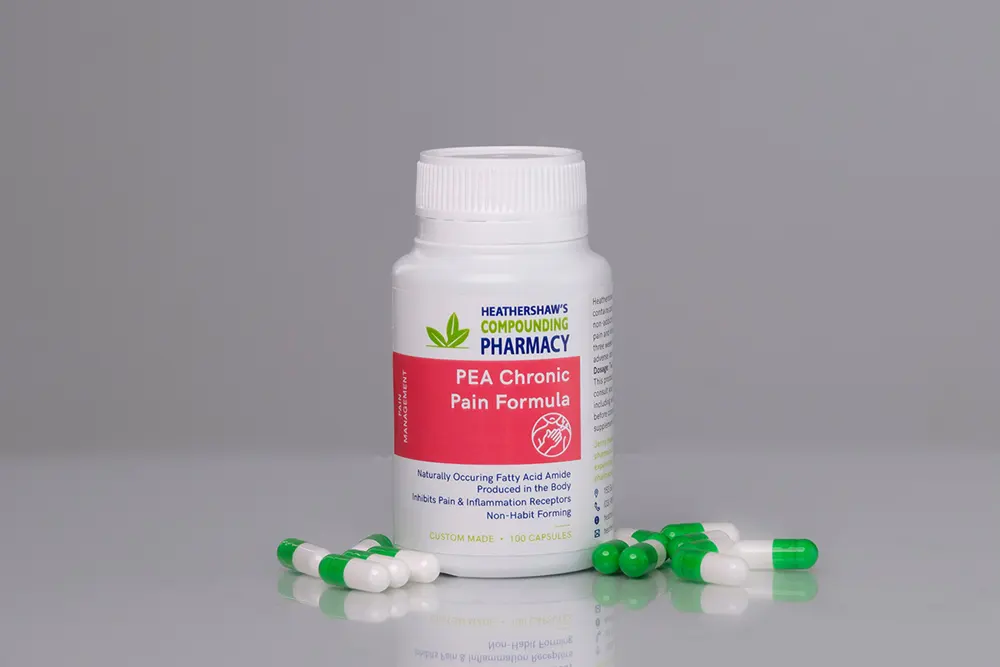
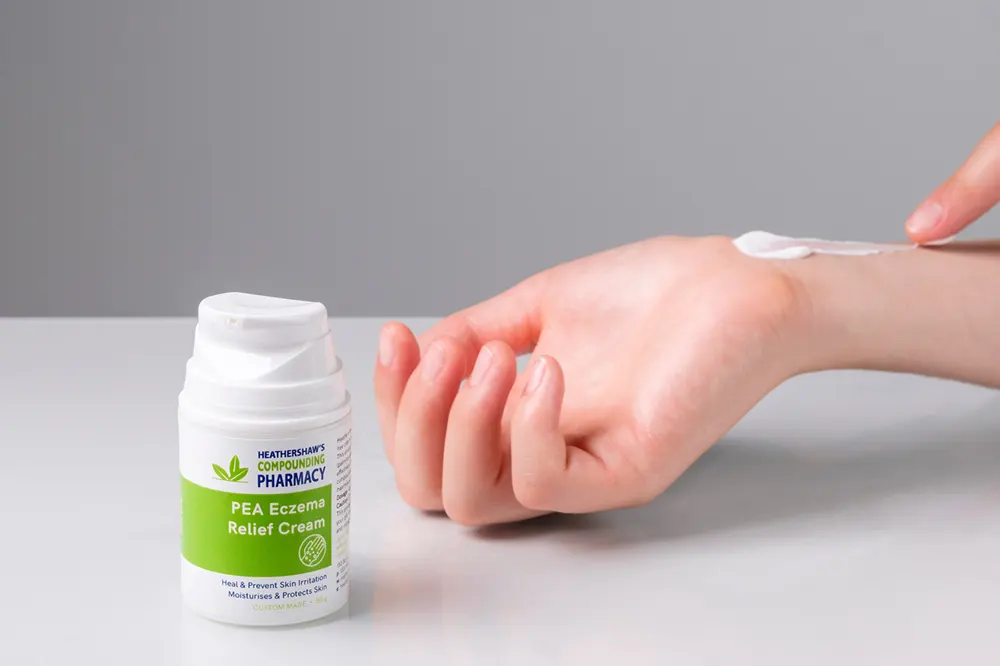
As safety regulations become increasingly stringent, child-resistant packaging continues to be a critical consideration for pharmaceutical companies. In 2024, several emerging trends are driving the development of child-resistant packaging.
1. Advanced Closure Systems
Pharmaceutical packaging is witnessing the development of innovative closure systems that are child-resistant yet easy for adults to open. Push-and-turn caps, blister packs with peelable foils, and child-resistant pouches are some examples of these advancements.
2. User-Friendly Design
It is important to balance the need for child-resistant packaging with the convenience of adults being able to access their medication easily. User-friendly designs with intuitive opening mechanisms and clear instructions are gaining prominence.
Personalized Medication Packaging
The rise of personalized medicine has necessitated the development of customized packaging solutions that cater to individual patient needs. Here are the key trends in personalized medication packaging:
1. Unit-Dose Packaging
The use of unit-dose packaging is becoming increasingly popular for medications that require specific dosages or have complex administration requirements. These packages provide convenience, reduce medication errors, and improve patient adherence.
2. Customizable Labels
Pharmaceutical companies are exploring customizable label options that allow patients to personalize their medication packaging with their names, dosage instructions, and other relevant information. This personal touch enhances patient engagement and medication management.
Integration of Augmented Reality (AR)
The integration of augmented reality into pharmaceutical packaging is creating new possibilities for patient education, engagement, and adherence. Here’s how AR is transforming pharmaceutical packaging:
1. Interactive Instructions
AR-enabled packaging provides patients with interactive instructions on how to use their medication correctly. This technology can guide users through proper dosage administration techniques, reducing the risk of medication errors.
2. Medication Reminders
AR technology has the potential to revolutionize the way we remember to take our medication. By creating virtual medication reminders that pop up on our smartphones or wearable devices at the right time, we can ensure that we never miss a dose again. These reminders help improve patient adherence to prescribed medication regimens.
3. Virtual Healthcare Support
With AR, pharmaceutical packaging can offer virtual healthcare support by connecting patients with healthcare professionals or providing access to educational resources related to their medication. This technology enhances patient empowerment and fosters better healthcare outcomes.
FAQs
Q1: Are biodegradable materials as durable as traditional plastic packaging?
A1: Biodegradable materials have made significant advancements in terms of durability and performance. Choosing biodegradable materials for pharmaceutical packaging is important. We need to consider things like product compatibility, shelf life, and storage conditions. This way, we can make sure that the packaging meets our environmental goals and keeps the medications safe and effective.
Q2: How do intelligent labels work?
A2: Labels with intelligent sensors continuously monitor a range of variables including temperature, humidity, and light exposure. They provide real-time data that can be accessed through mobile devices or other compatible readers, helping ensure product integrity and safety.
Q3: Is child-resistant packaging mandatory for all pharmaceutical products?
A3: Child-resistant packaging regulations vary by country and depend on the specific type of medication. Medicines that pose a significant risk if accidentally ingested by children often require certain precautions.
Q4: Can personalizing medication packaging improve patient adherence?
A4: Yes, personalized medication packaging can enhance patient adherence by providing clear dosage instructions, incorporating reminders, and enabling customization based on individual patient needs.
Q5: Are augmented reality features limited to certain medications or conditions?
A5: Augmented reality features can be incorporated into various types of medication packaging, depending on the intended use and desired patient outcomes. They have the potential to benefit patients across different therapeutic areas and conditions.
To summarize:
The pharmaceutical packaging industry is undergoing significant transformations in terms of sustainability, technological advancements, safety measures, personalization, and patient engagement. To fully capitalize on these emerging trends in 2024 and beyond, pharmaceutical companies have the opportunity to enhance their packaging strategies. By doing this, they can better fulfill consumer needs, comply with regulations, and improve patient experiences and outcomes.


